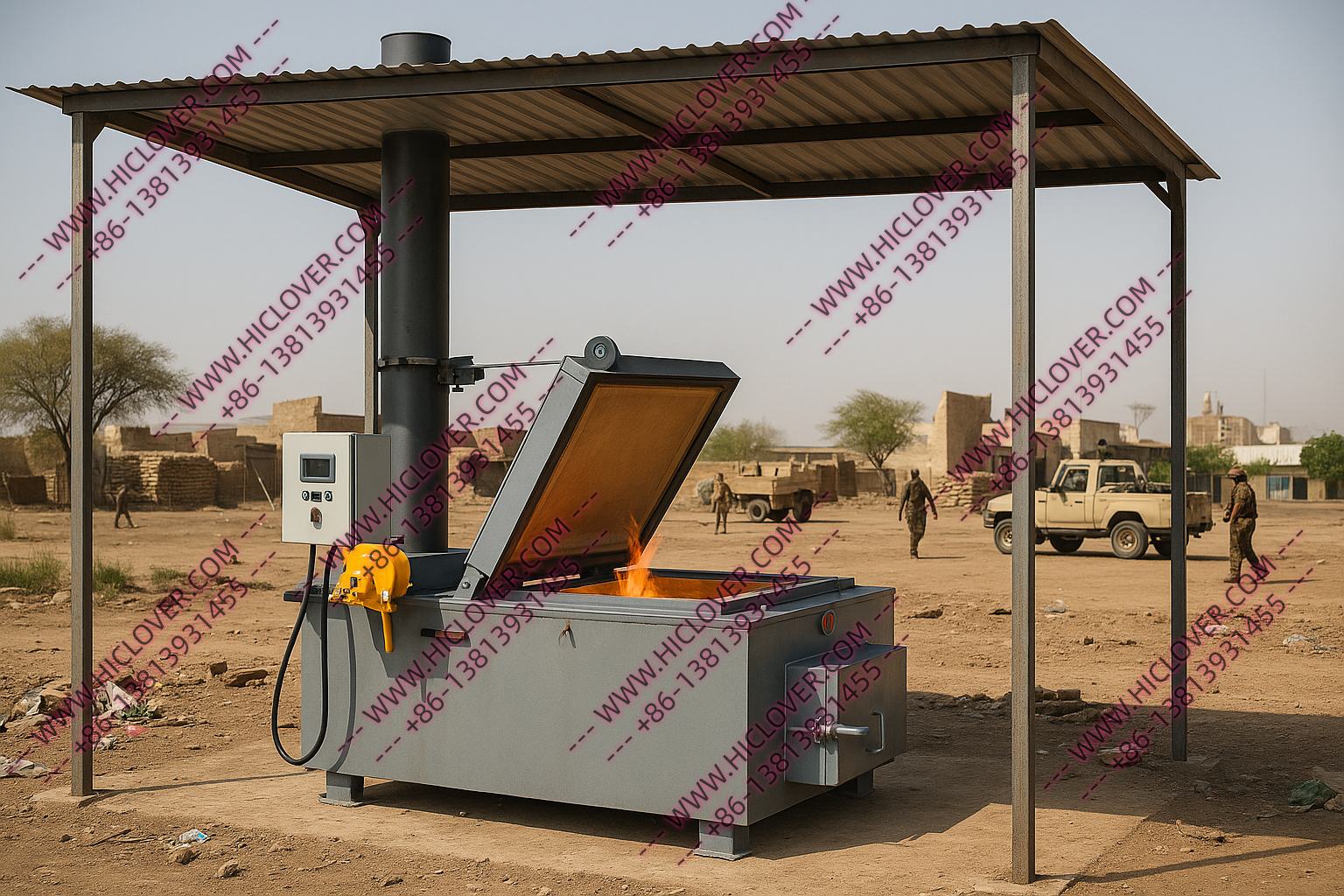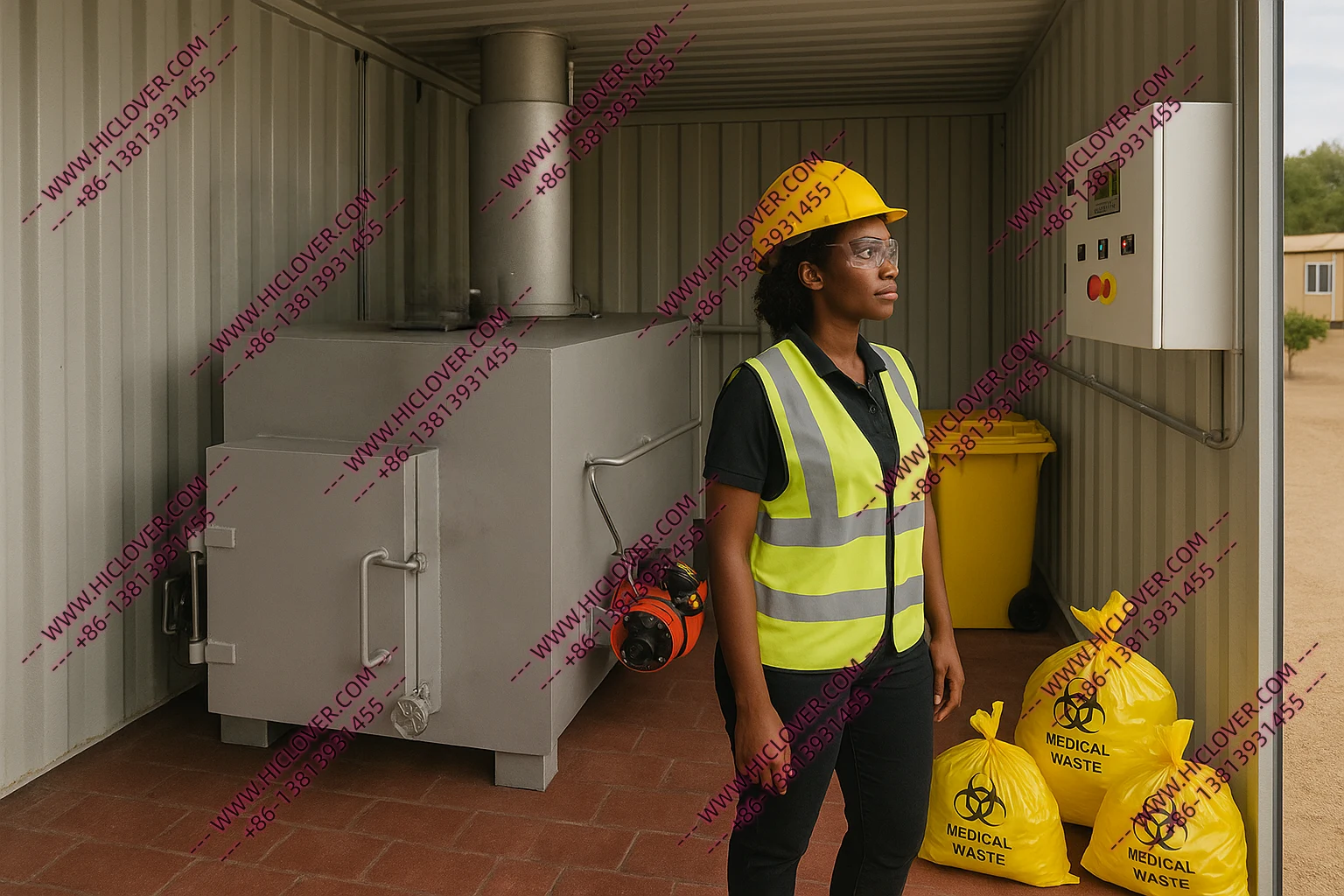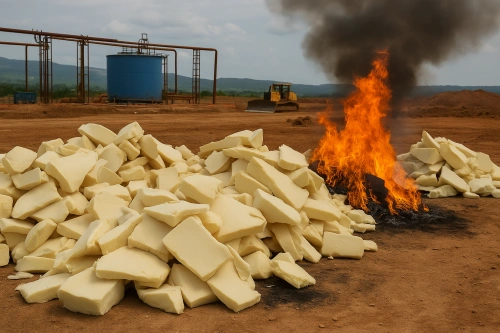Medical Waste Incinerators in Kenya’s County-Level Healthcare Facilities: Market Trends & Technical Features with Case Studies
Overview
As Kenya continues its healthcare decentralization through county governments, the need for safe and reliable medical waste disposal has surged across the country. At the county level, health departments are investing in medical waste incinerators to address increasing volumes of biomedical waste generated by hospitals, health centers, and vaccination clinics.
Below is a detailed analysis of the market dynamics, technical characteristics, and real-world case studies that illustrate how county-level facilities are responding to this need.
Market Trends
1. Devolution-Driven Procurement
County governments are now responsible for healthcare infrastructure, leading to:
-
Procurement of incinerators directly by County Health Departments
-
Projects funded through county budgets, development partners, or NGO grants
-
Emphasis on localized waste treatment in rural and peri-urban areas
2. Growth of Small-Scale Waste Solutions
There is a consistent demand for:
-
5 kg/hour to 100 kg/hour incinerators
-
Cost-effective, easy-to-install units
-
Incinerators that meet WHO and NEMA (Kenya’s environmental authority) guidelines
Technical Characteristics
-
Dual-chamber combustion to ensure complete burning and lower emissions
-
Diesel-powered units for off-grid areas
-
PLC or manual control options, depending on local operator capacity
-
Compact, modular designs for ease of transport and assembly
-
Optional scrubber systems to control smoke and odor in urban or residential areas
County-Level Case Studies
1. Loitokitok Sub-County Hospital (Kajiado County)
-
Facility Type: Government Sub-County Hospital
-
Installed Model: HICLOVER TS50 PLC Medical Waste Incinerator
-
Capacity: 50 kg/hour, with 100 kg feed capacity
-
Features:
-
Dual combustion chambers
-
PLC-controlled operation
-
Spray tower gas treatment system for emission reduction
-
Impact:
Located near the KenyaCTanzania border, Loitokitok Hospital handles cross-border patients and serves a large rural population. The incinerator significantly improved infection control standards and allowed for on-site treatment of sharps, infectious materials, and used PPE during the COVID-19 pandemic.
2. Kisumu County Referral Hospital
-
Facility Type: Major urban referral hospital
-
Installed Unit: Medium-capacity incinerator for general and infectious medical waste
-
Capacity: Estimated 75C100 kg/hour
-
Fuel: Diesel
-
Emission Control: Chimney stack with particulate filters
Impact:
Kisumu’s growing urban population and lake-side location present unique waste management challenges. The hospital required a reliable system for managing infectious waste from surgery, maternity, and HIV clinics. The incinerator installed meets MoH standards and supports local compliance with Lake Victoria Basin environmental protection regulations.
3. Kiambu Level 5 Hospital
-
Facility Type: High-capacity county hospital near Nairobi
-
Installed Unit: Fully enclosed medical incinerator with multiple chambers
-
Features:
-
Intelligent temperature control
-
Integrated ash removal system
-
Designed for high daily throughput
-
Impact:
Due to its proximity to Nairobi, Kiambu faces higher regulatory scrutiny. The installed incinerator allows for environmentally safe disposal of waste generated from inpatient wards, lab services, and vaccine cold chain disposal. Integration with solar-powered lighting and water heating makes it part of a broader green health initiative.
Other Notable Mentions
-
Garissa County Hospital: Installed a low-emission incinerator with external donor support (likely USAID)
-
Migori and Siaya Counties: Use smaller mobile incinerators in health centers with low to moderate waste generation
-
Mandera and Wajir: Remote counties where containerized mobile incinerators have been deployed due to accessibility issues
Conclusion
Kenya’s county-level health facilities are actively upgrading their medical waste disposal infrastructure. With support from both government and international donors, the adoption of environmentally compliant, technically appropriate incinerators is on the rise.
Manufacturers like HICLOVER have proven solutions on the ground across Kenya―from urban hospitals in Kiambu and Kisumu to border-area health centers in Loitokitok―highlighting their role in building safer, cleaner, and more resilient healthcare systems.
For more information about medical waste incinerators in Kenya or to request a technical proposal, visit:
www.hiclover.com









